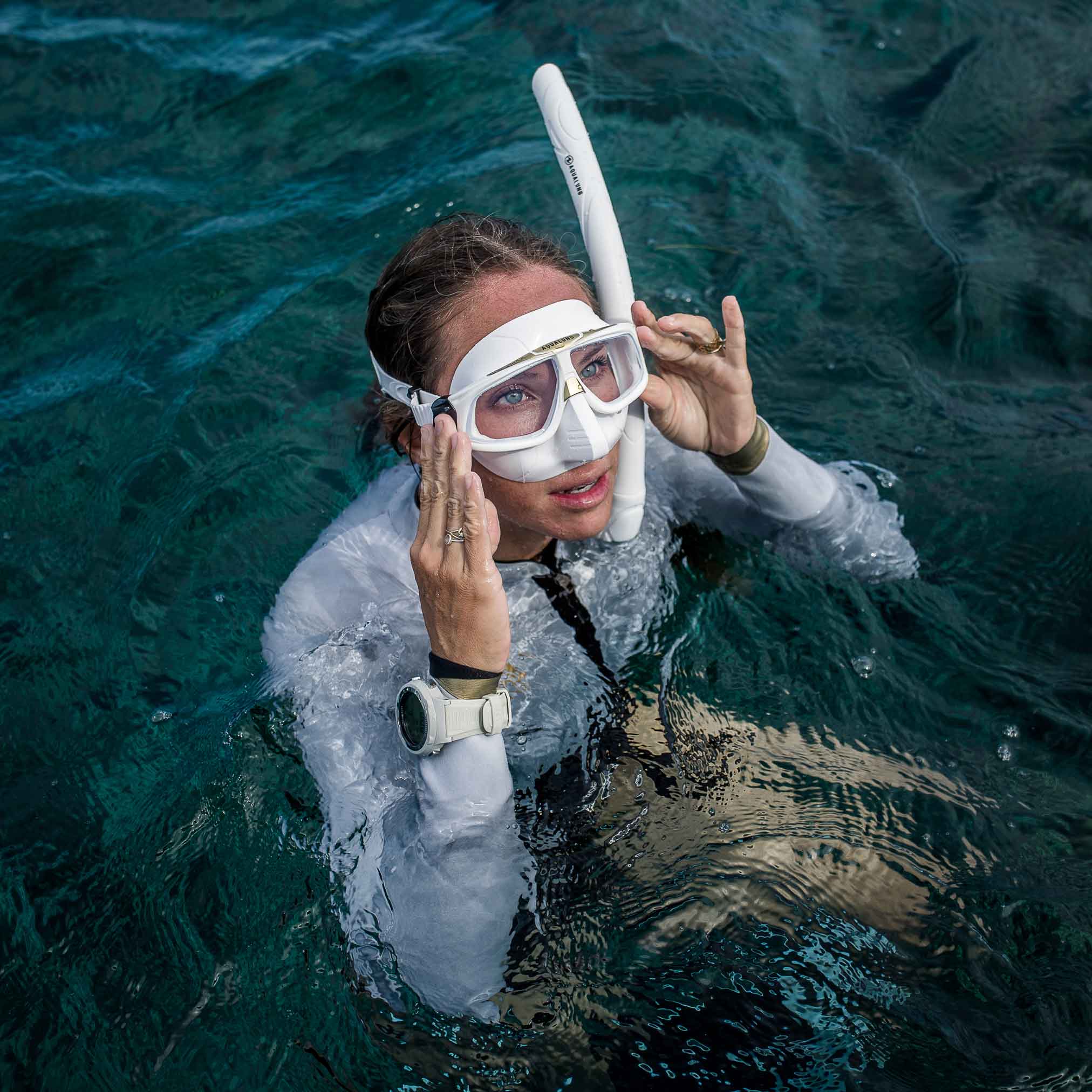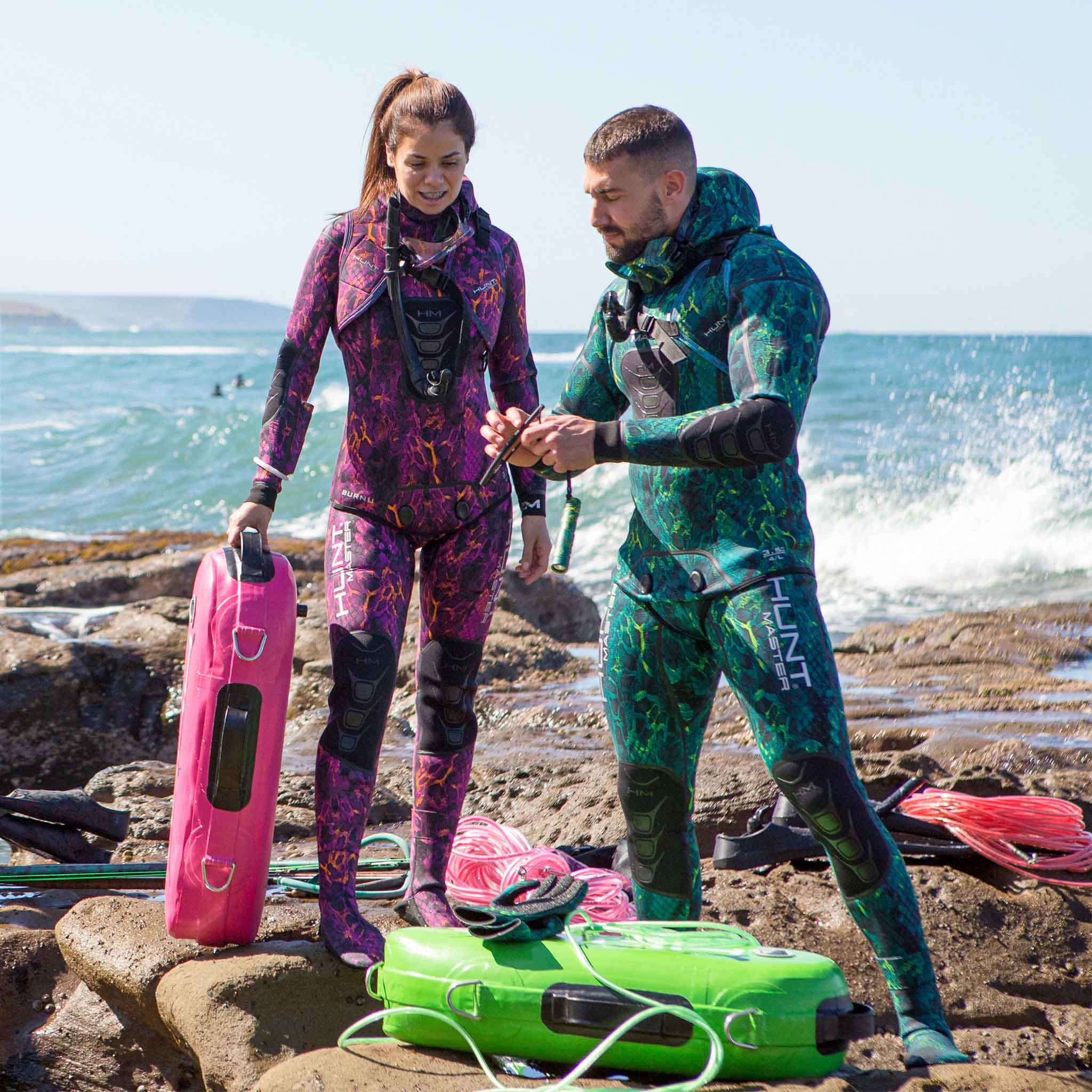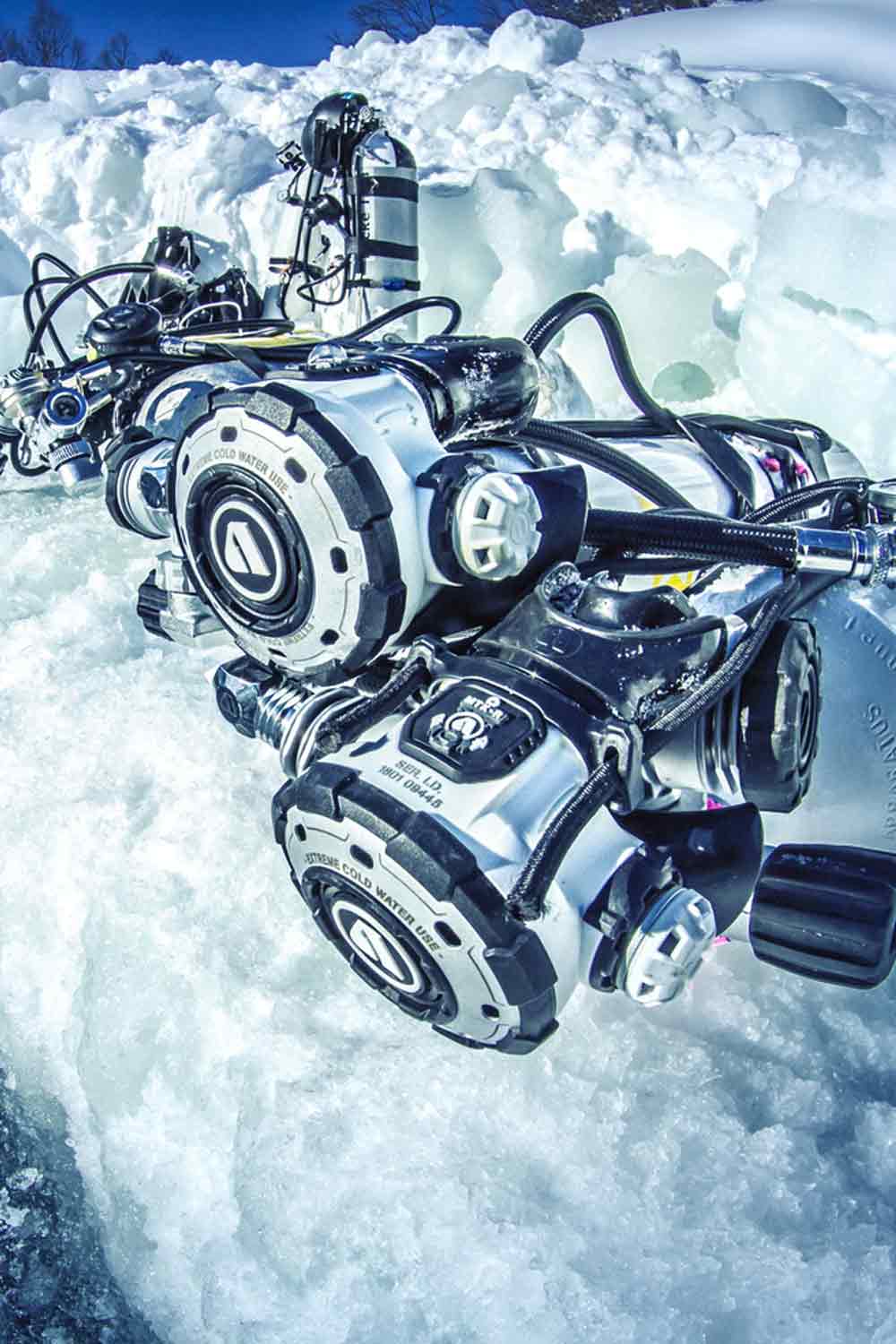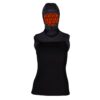Apeks ThermiQ 8/7mm Womens Wetsuit
| Size | Weight | Height | Chest | Waist | Hip |
|---|---|---|---|---|---|
|
XS
|
45-50kg
|
150-160cm
|
75-85cm
|
60-70cm
|
75-85
|
|
S
|
50-55kg
|
155-165cm
|
80-90cm
|
65-75cm
|
85-95cm
|
|
M
|
55-60kg
|
160-170cm
|
85-95cm
|
70-80cm
|
95-105cm
|
|
L
|
65-70kg
|
170-180cm
|
90-100cm
|
75-85cm
|
105-115cm
|
|
XL
|
72-77kg
|
175-185cm
|
95-105cm
|
80-90cm
|
115-125cm
|
|
2XL
|
75-80kg
|
180-190cm
|
100-110cm
|
85-95cm
|
125-135cm
|




























